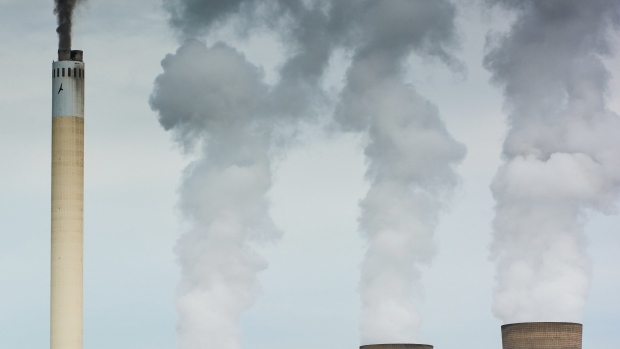
Biggest emitters paying smallest price on pollution, critics say
BNN Bloomberg
Big industrial plants in provinces covered by the national carbon pricing system paid more than $161 million for their emissions in 2019, but some critics say the system is designed to ensure the biggest emitters pay the smallest price on pollution.
Big industrial plants in provinces covered by the national carbon pricing system paid more than $161 million for their greenhouse gas emissions in 2019, but some critics say the system is designed to ensure the biggest emitters pay the smallest price on pollution.
"Right now, it looks to me like a lot of the big industrial players aren't doing their fair share," said Keith Stewart, a senior energy strategist at Greenpeace Canada.
Unlike the carbon levy consumers and smaller businesses pay on the fuel they buy, big companies with higher emissions, such as automakers, plastics makers and power plants, pay the carbon price only on what they emit above a set limit.
Like the carbon levy, the industrial carbon price applies only in provinces and territories without comparable systems. In 2019, the first year of the national carbon pricing program, it was in effect in Manitoba, Ontario, New Brunswick, Prince Edward Island, Yukon and Nunavut. It also applied to natural gas pipelines and coal and gas-fired power plants in Saskatchewan.
In total, those affected facilities produced approximately 65 million tonnes of greenhouse gases in 2019. If they had to pay the carbon price — which was $20 a tonne in 2019 — on all their emissions, the cost would be $1.3 billion.
But the government recognized that would be an economic burden and that technology doesn't exist yet for most industries to reduce their emissions to zero.





















 Run 3 Space | Play Space Running Game
Run 3 Space | Play Space Running Game Traffic Jam 3D | Online Racing Game
Traffic Jam 3D | Online Racing Game Duck Hunt | Play Old Classic Game
Duck Hunt | Play Old Classic Game